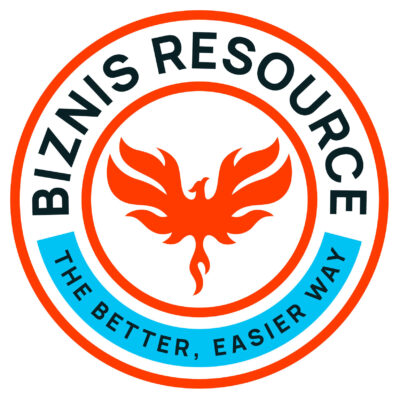Financial planning is critical to the growth of any business, non-profit / organization, or school! Without a financial plan, money is often spent too quickly and in areas that don’t address core goals and objectives. Biznis Resource can help!
Two Critical Reasons to Develop a Strong Financial Plan:
1) To have a clear and unified focus – This will greatly improve your overall success rate.
2) To have a clear and accessible roadmap – This will greatly improve your odds of receiving additional funding, when necessary (financial institutions need to mitigate the risk of default, and private investors need to forecast a return on their investment).
6 Financial Ratios which Affect your Financial Health are:
- Debt ratio
- Leverage ratio
- Liquidity ratio
- Operating Efficiency ratio
- Profitability ratio (ROI)
- Solvency ratio
A strong financial plan is required to ensure true financial wealth! Financial planning must include the following 5 activities:
1) With input from key stakeholders, pinpoint and align the vision, mission, objectives, and KPIs (key performance indicators).
2) Accurately assess the current financial situation (including reliable expense projections, conservative sales / income forecasts, and cash flow analysis).
3) Thoroughly identify pertinent risk factors (including both current and potential liabilities).
4) With input from key stakeholders, compose a clear and realistic financial plan (including short- and long-term financial goals).
5) Uniformly, accurately, and persistently implement the financial plan (with a laser-like focus).
6) Consistently reevaluate and revise the financial plan (including a break-even analysis).
Real assets include, but are not limited to:
- Fixed Assets (including equipment, furniture, and vehicles)
- Intellectual Capital (including Patents)
- Inventory (goods and materials)
- Investments (including bonds, equities, and stocks)
- Loans (from financial institutions and/or investors)
- Money Markets (short-term loans)
- Owned Property (including buildings and land)
- Working Capital (including accounts receivable and cash)
Business Liabilities include, but are not limited to:
- Business Insurances
- Debts (short- and long-term)
- Depreciation Costs
- Employee Benefits (including insurance and retirement)
- Employee Wages and Salaries
- Lease(s) (including buildings, equipment, and vehicles)
- Operations Expenses
- Special needs accommodations
Further, a strong financial plan will always anticipate tax implications! Taxes should never be an afterthought.
The Consultation is FREE, so there’s absolutely no risk!

Consider these business books:

Re-source today with Biznis Resource… the better, easier way!
